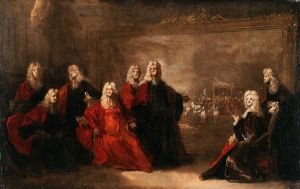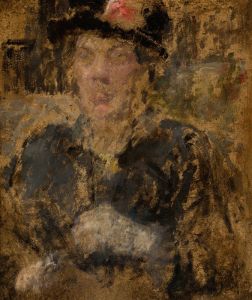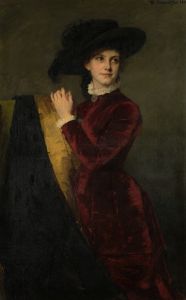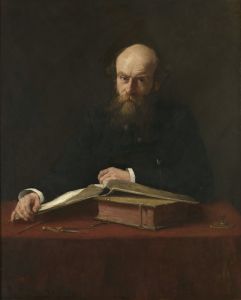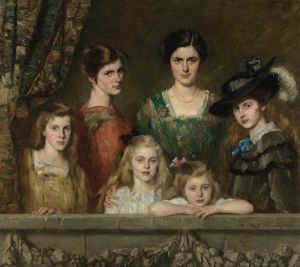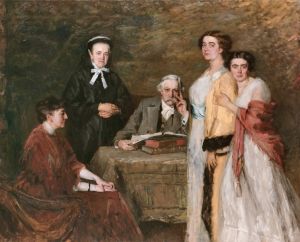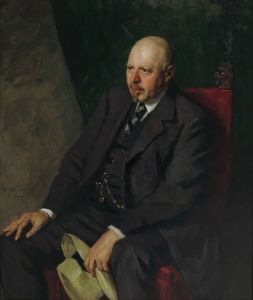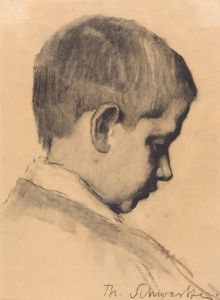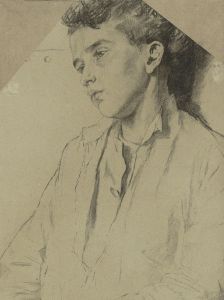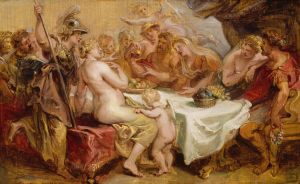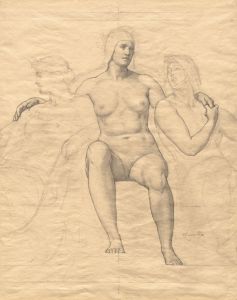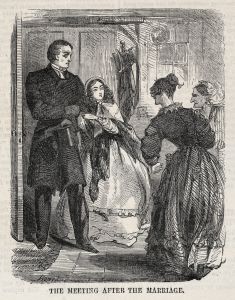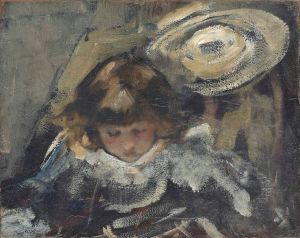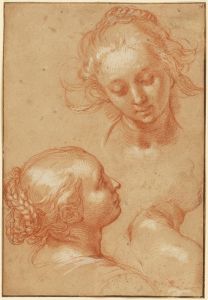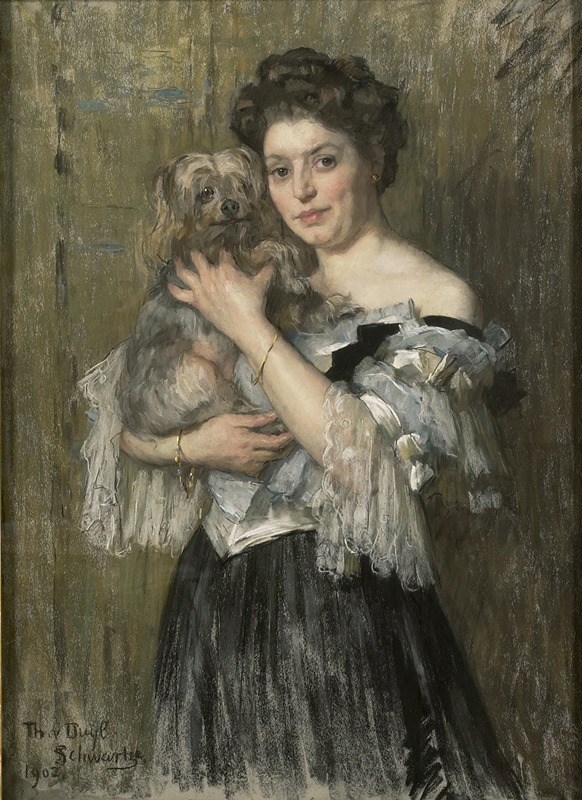
Mary Catherine Josephine Jordan . Wife of the painter George Hendrik Breitner
A hand-painted replica of Thérèse Schwartze’s masterpiece Mary Catherine Josephine Jordan . Wife of the painter George Hendrik Breitner, meticulously crafted by professional artists to capture the true essence of the original. Each piece is created with museum-quality canvas and rare mineral pigments, carefully painted by experienced artists with delicate brushstrokes and rich, layered colors to perfectly recreate the texture of the original artwork. Unlike machine-printed reproductions, this hand-painted version brings the painting to life, infused with the artist’s emotions and skill in every stroke. Whether for personal collection or home decoration, it instantly elevates the artistic atmosphere of any space.
"Mary Catherine Josephine Jordan, Wife of the Painter George Hendrik Breitner" is a portrait painting by the renowned Dutch artist Thérèse Schwartze. Schwartze, a prominent portraitist in the late 19th and early 20th centuries, was known for her ability to capture the character and essence of her subjects with remarkable skill and sensitivity. This particular work exemplifies her talent in portraying individuals with both realism and a sense of intimacy.
The subject of the painting, Mary Catherine Josephine Jordan, was the wife of George Hendrik Breitner, a notable Dutch painter associated with the Amsterdam Impressionism movement. Breitner was known for his dynamic urban scenes and depictions of everyday life in Amsterdam. The marriage between Jordan and Breitner connected two significant figures in the Dutch art world of their time.
Thérèse Schwartze's portrait of Mary Catherine Josephine Jordan is celebrated for its detailed rendering and the way it captures the personality and presence of the sitter. Schwartze was adept at using light and shadow to create depth and dimension in her portraits, and this work is no exception. The painting likely reflects the fashion and style of the period, as Schwartze was known for her attention to the attire and accessories of her subjects, which often provided additional context about their social status and personal taste.
Schwartze's portraits were highly sought after during her lifetime, and she received numerous commissions from the Dutch elite and international clients. Her ability to convey the dignity and individuality of her subjects made her a favorite among the upper classes. The portrait of Mary Catherine Josephine Jordan would have been one such commission, capturing not only the likeness but also the social standing of the sitter.
While specific details about the circumstances of this particular portrait's commission or its current location may not be widely documented, it remains an important example of Schwartze's work and her contribution to portraiture in the Netherlands. Her paintings are held in high regard and can be found in various museums and private collections, reflecting her enduring legacy in the art world.
Overall, "Mary Catherine Josephine Jordan, Wife of the Painter George Hendrik Breitner" stands as a testament to Thérèse Schwartze's mastery in portrait painting and her ability to immortalize the figures of her time with grace and precision.





